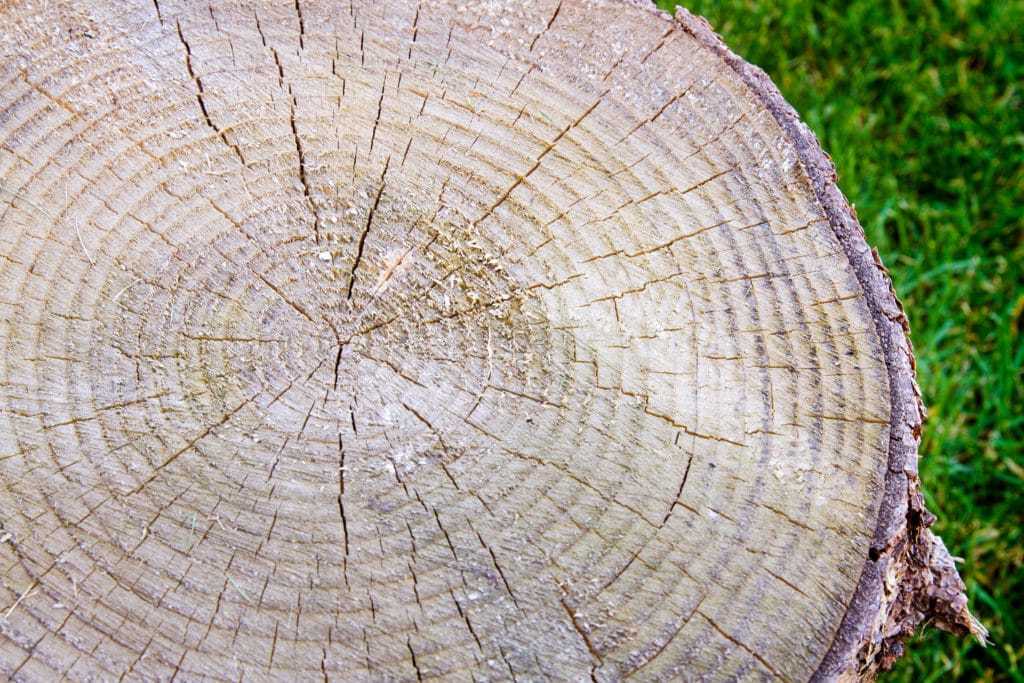You must be wondering how old those big trees in your backyard are. If you can find the date the tree was planted, you can calculate the exact age of the tree. If you don’t know the planting time, you can refer to the two methods introduced in this article to determine the age of the tree. You can chop down a tree or use a log drill to get a sample and count the rings. You can also estimate the tree’s age by multiplying the diameter of the tree by its growth factor. Read on to learn how to determine the age of a tree.
Determining the Age of a Living Tree
Try to find a way to find the specific date when the tree was planted. This is the only way to know the exact age of a tree; other methods can only estimate the approximate age of a tree. If you can, do your research to find out exactly when the tree was planted. You can ask your neighbors who are older than you, or you can collect old photos to find the date the tree was planted.
Count the threads on the tree. Some species of trees, such as conifers, develop a whorl on their branches every year. By counting the number of whorls, you can estimate the age of a tree. This method is not as accurate as chopping down the tree and counting the rings, but it allows you to estimate the age of the tree without destroying it.
- Start counting the threads upward from where the tree is at chest level (about 1.3 meters above the ground).
- Add 1 to the total and include the branch at the top of the tree.
Multiply the tree’s diameter and growth factor. A tree’s growth factor is the rate of growth calculated by measuring the diameter and width of the tree’s growth per year. If you know the width of a tree’s growth rings each year, you can multiply that by the diameter of its trunk to estimate its age. The growth factors of different trees depend on the environment in which they grow. For example, trees in forests grow faster than trees in cities. Therefore, this method can only produce an estimate, which is not 100% accurate.
- Measure the circumference of the tree. Measurements should be taken 1.4 meters above the ground.
- Calculate the diameter of the tree (divide the circumference by π).
- Multiply the diameter by the average growth factor of trees of that species to get an approximation of the tree’s age. You can search for tree growth factors online, or you can get growth factors by measuring growth rings from cut trees of the same species.
Determine the Age of a Dead Tree
Cut down the trees and count the growth rings. If the tree has been cut down, you can simply count the growth rings on the trunk. The number of growth rings represents how old the tree is.
- You know, most trees grow two concentric rings of varying shades each year. The narrower layer in a ring is the phloem, and the thicker layer is the xylem. Thin growth rings indicate that the tree was growing in a cooler environment. The wide growth rings indicate that the ambient temperature was higher when the tree was growing that year.
Use a wood drill. A wood auger drills from the bark to the pith (i.e., the center of the tree) and takes out a small sample so that the tree rings can be calculated without cutting down the tree. The length of the auger must be 75% of the diameter of the tree.
- Start drilling from a place where the tree is at chest level with the person (about 1.3 meters above the ground).
Drill holes to obtain samples. - Make sure there is actual pith on the drilled sample. If not, you’ll have to drill again.
Count the growth rings on the sample.
Tips
- Trees don’t necessarily grow a growth ring every year. Depending on weather, soil, and other factors, a tree may grow more than one annual ring, or it may grow none at all.

